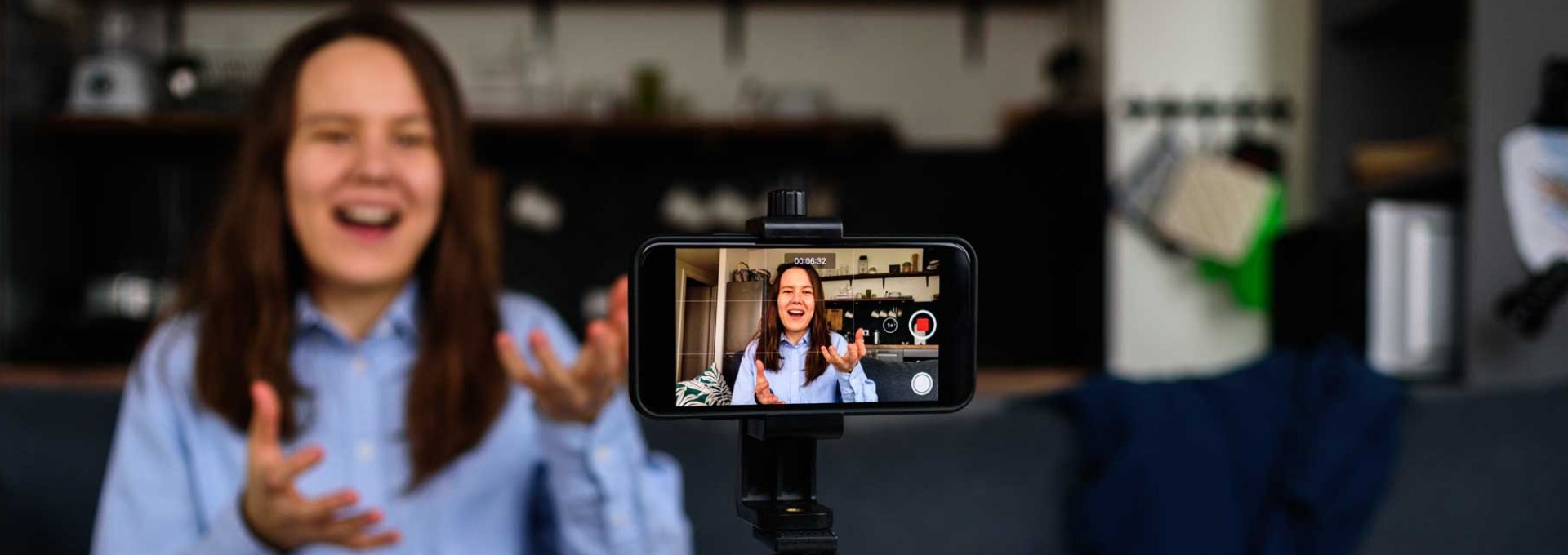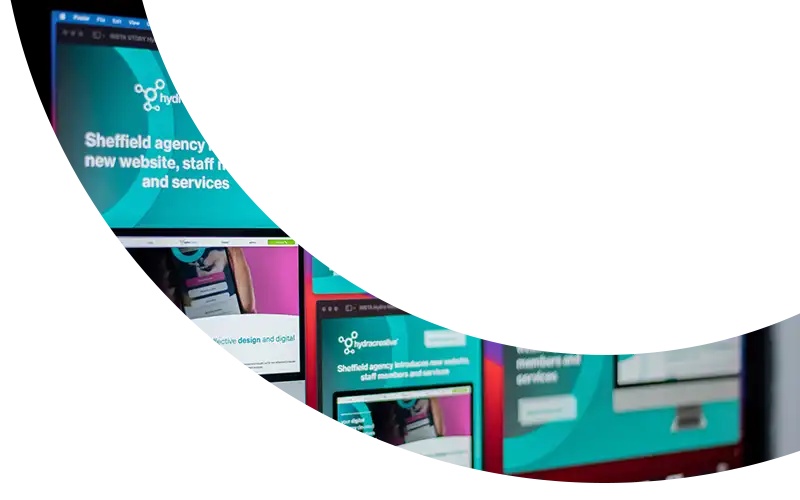Businesses of all shapes and sizes across the world have been part of a united struggle to innovate, adapt and survive this worldwide pandemic. Over the past decade, video has increasingly become an integral part of how businesses grow their brand awareness, and that is no different now. From design and branding, video production and animation, to bespoke websites, software and digital marketing, we will work with you to produce work that wows your target audience and gives you a great return on investment.

Economic Impact
The UK, along with many other countries around the world, has seen a sharp drop in their GDP, with record falls in output in construction, production and services.
In regards to the creative industries, research has been commissioned by the Creative Industries Federation, and they have found that ‘400,000 jobs are set to be lost in the UK’s creative sector in 2020 due to the Covid-19 pandemic’. They forecast a decline in revenue of £74 billion in the UK’s creative industries in 2020 - £1.4 billion a week.
Now more than ever, businesses are all trying to keep their heads above water, so it is understandable that their marketing budgets have been tightened, squeezed and slashed, leaving little budget for services such as video.
Why video is so important as we emerge from lockdown
Video has always been an effective informational tool for consumers, as well as enabling businesses to effectively communicate marketing messaging in an easy to digest format.
Trust is important, it can make the difference between winning and losing a new customer. A professional video can portray an authentic image of your business by showcasing your personality and key message in an effective way, tailored to your audience.
What methods are being used more now during the pandemic?
Animation
Animation has always been a great tool for explaining who you are, and what you offer as a business. Animation can be especially helpful when your offering is more complex or is difficult to explain succinctly. According to recent statistics, animation techniques can increase business activity by 40%.
Animation provides a quality medium in which it is able to communicate with your potential audiences. It conveys your messaging effectively, which helps build trust between you and your customers.
Royalty-free Stock Footage
For the last few months, videographers have found it harder to film on location, as a lot of location filming jobs have had to cancel or postpone due to government guidance. It’s been a struggle for videographers to deal with as location filming is how they capture a lot of their content. However, there are alternative methods, such as using royalty-free stock footage.
Not to say that this is always the way to do things in these uncertain times, but these assets can be used to create a high-quality piece of work. The stock footage can be manipulated through the use of motion graphics, animation, and pre-existing footage.
This method can be popular due to being more cost effective, whilst retaining messaging and quality.
Pre-existing footage
Footage that you have captured in the past can be re-used. It can be done both internally by your marketing team, or it can be sent to be re-worked by an agency.
We have seen a lot of adverts using selfie-style videos of employees working remotely. This can work well as it gives consumers confidence that the company is still open for business.
What safety measures should be put in place for video production to continue?
- The first step is to check with your video suppliers for what safety measures they have in place. These safety measures need to include the precautions taken whilst on location.
- Check if your video suppliers have knowledge of the safety measures needed to film during the current pandemic. They need to be very clear on the rules, as safety is the most important aspect for a successful shoot.
- The locations need to be secure, not densely populated, and not too confined. The risk of infection in indoor spaces is approximately 18x higher than in open air environments. Therefore, avoiding small indoor spaces is essential to the safety of everyone involved.
- All equipment used in the shoot should be sanitised with alcohol wipes before and after the shoot. Hand sanitiser must be used regularly by all involved in the location shoot, and if accessible, a hand washing station should be utilised.
- The best practice would be to have a one-person video crew. However, this can depend on the scale of the project. But these are still uncertain times, and businesses can still achieve a high quality video through an experienced one-person video crew.
- Anyone who is involved in the shoot, i.e. the talent, and the crew, should have to take a screening questionnaire that determines the risk of individuals having contracted COVID-19. Even if everyone has checked out ok with the questionnaire, regular updates on the health of all involved should be chased up in the lead up to the date of the shoot.
- The video production crew should be fully prepared to wear PPE (face mask and gloves) to further reduce the risk, and always keep a 2-metre distance between everyone on location. A way in which this is enforced is by laying down markers, with a 2-metre distance between each marker. Each individual needs to be responsible for their own food and drink. This minimises risk of germs spreading.
- The video crew must have one person that will take a record of details of everyone involved in the shoot. Therefore, if anyone does start to show symptoms, everyone is then notified of this person’s potential contraction of the virus to enable them to immediately seek a Covid-19 test. This should all be followed up closely to ensure the safety of everyone involved.
It seems very strange that videographers have to do this in order to keep the work flowing, when we are so used to having the human connection between them and the customers. People respond well to seeing other people, and that social interaction is important to a successful result.
Some of these rules may be in place for a long time to come, changing how we film in the future.
Start to invest more in your business
So many of us have had to change the way in which we work, communicate, etc. If businesses don’t begin investing in their marketing again, it may be the case that they run into further hardships.
Creative companies have a duty to follow the rules set out by government guidelines. Some may also put in place their own guidelines to give you a higher sense of confidence. They have shown that they have adapted and followed the safety measures to make sure businesses feel safe in making the decision to improve and promote their offering through video.

Let's start creating together
Let Hydra be the solution for your next project.